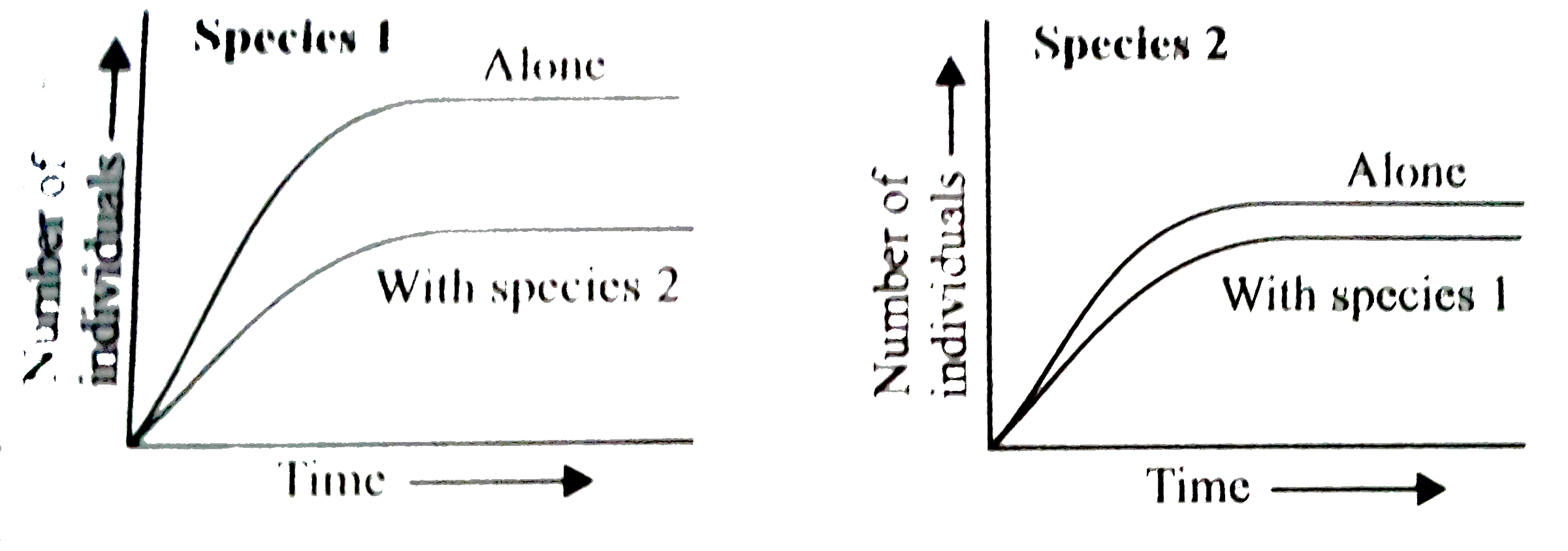The species which will not show hyperconjugation is
CH3C+H2
(CH3)3CC+H2
CH3CH2C+H2
CH3C+HCH2
The correct Answer is:B
To determine which species does not show hyperconjugation, we need to analyze each option based on the presence of alpha hydrogen atoms adjacent to a positively charged carbon atom. Hyperconjugation involves the delocalization of sigma electrons from C-H bonds to an empty or partially filled p-orbital of an adjacent carbon atom.
1. Understanding Hyperconjugation:
- Hyperconjugation occurs when there are alpha hydrogen atoms adjacent to a positively charged carbon atom. The sigma electrons from the C-H bond can delocalize into the empty p-orbital of the positively charged carbon.
2. Analyzing Option 1: CH3C^+H2:
- The structure has a positively charged carbon (C^+) with three alpha hydrogen atoms on the adjacent carbon (CH3).
- Since there are alpha hydrogens, hyperconjugation is possible.
3. Analyzing Option 2: CH3C^+CH3:
- The positively charged carbon (C^+) is adjacent to another carbon (C) that has no hydrogen atoms attached to it.
- Since there are no alpha hydrogen atoms, hyperconjugation is not possible. This is a strong candidate for the answer.
4. Analyzing Option 3: CH3CH2C^+H2:
- The positively charged carbon (C^+) has two alpha hydrogen atoms on the adjacent carbon (CH2).
- Since there are alpha hydrogens, hyperconjugation is possible.
5. Analyzing Option 4: CH3C^+HCH3:
- The positively charged carbon (C^+) is adjacent to two carbons, both of which have hydrogen atoms.
- There are three alpha hydrogen atoms available for delocalization, so hyperconjugation is possible.
6. Conclusion:
- The only species that does not show hyperconjugation is Option 2: CH3C^+CH3 because it lacks alpha hydrogen atoms.
Final Answer:
Option 2: CH3C^+CH3 does not show hyperconjugation.
- Hyperconjugation occurs when there are alpha hydrogen atoms adjacent to a positively charged carbon atom. The sigma electrons from the C-H bond can delocalize into the empty p-orbital of the positively charged carbon.
- The structure has a positively charged carbon (C^+) with three alpha hydrogen atoms on the adjacent carbon (CH3).
- Since there are alpha hydrogens, hyperconjugation is possible.
- The positively charged carbon (C^+) is adjacent to another carbon (C) that has no hydrogen atoms attached to it.
- Since there are no alpha hydrogen atoms, hyperconjugation is not possible. This is a strong candidate for the answer.
- The positively charged carbon (C^+) has two alpha hydrogen atoms on the adjacent carbon (CH2).
- Since there are alpha hydrogens, hyperconjugation is possible.
- The positively charged carbon (C^+) is adjacent to two carbons, both of which have hydrogen atoms.
- There are three alpha hydrogen atoms available for delocalization, so hyperconjugation is possible.
- The only species that does not show hyperconjugation is Option 2: CH3C^+CH3 because it lacks alpha hydrogen atoms.
Option 2: CH3C^+CH3 does not show hyperconjugation.
Topper's Solved these Questions
Similar Questions
Knowledge Check
Which of the following is true ?
ACH3−−CH2BC6H5−CH3CCH2=CH2DCH3−CH3∣C∣CH3−CH=CH2Hyperconjugation occurs in :
A B
B C
C DNone of these
DNone of theseWhich of the following orders is correct for hyperconjugation of these radicals?
 AP>Q>RBR>Q>PCQ>P>RDP>R>Q
AP>Q>RBR>Q>PCQ>P>RDP>R>Q
The species which is paramagnetic
View SolutionThe species which is paramagnetic
View SolutionIn which molecules or ions hyperconjugation effect is observed and write the number of hyperconjugable hydrogen atoms.

View SolutionHyperconjugation observed in
View SolutionIn laboratory experiments, two species of the protist Paramecium (species 1 and 2) were grown alond and in the presence of the other species. The following graphs show growth of species 1 and species 2, both alone and when in mixed culture with the other species.
 Which of the following conclusions can be drawn from the graphs ?
Which of the following conclusions can be drawn from the graphs ?
View Solution
